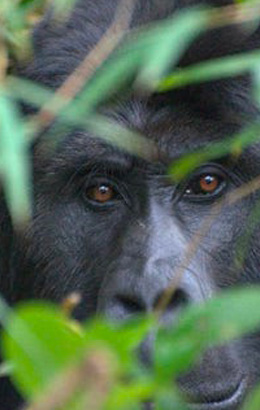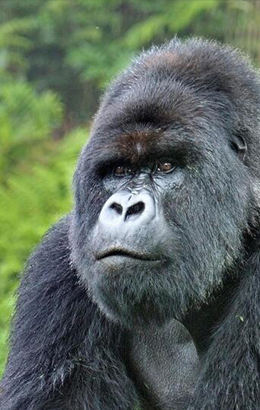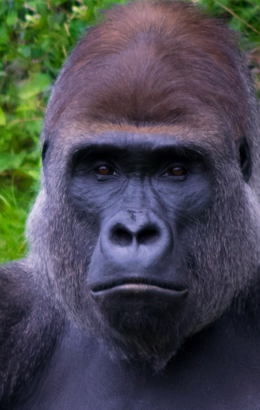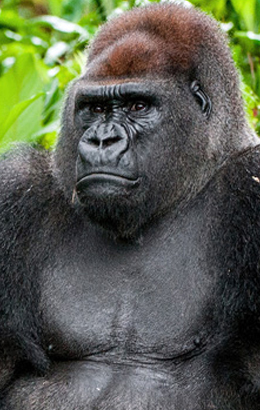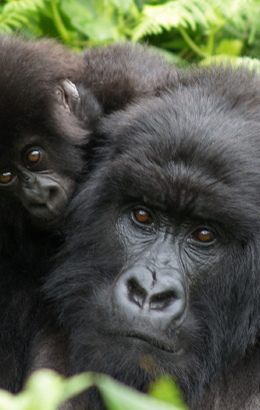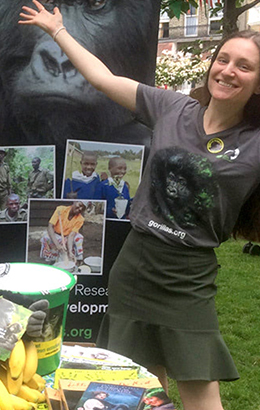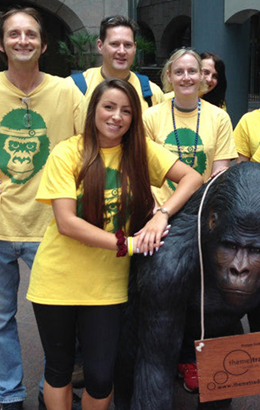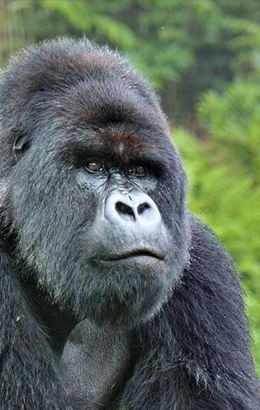Ebola wipes out a third of the world’s gorillas
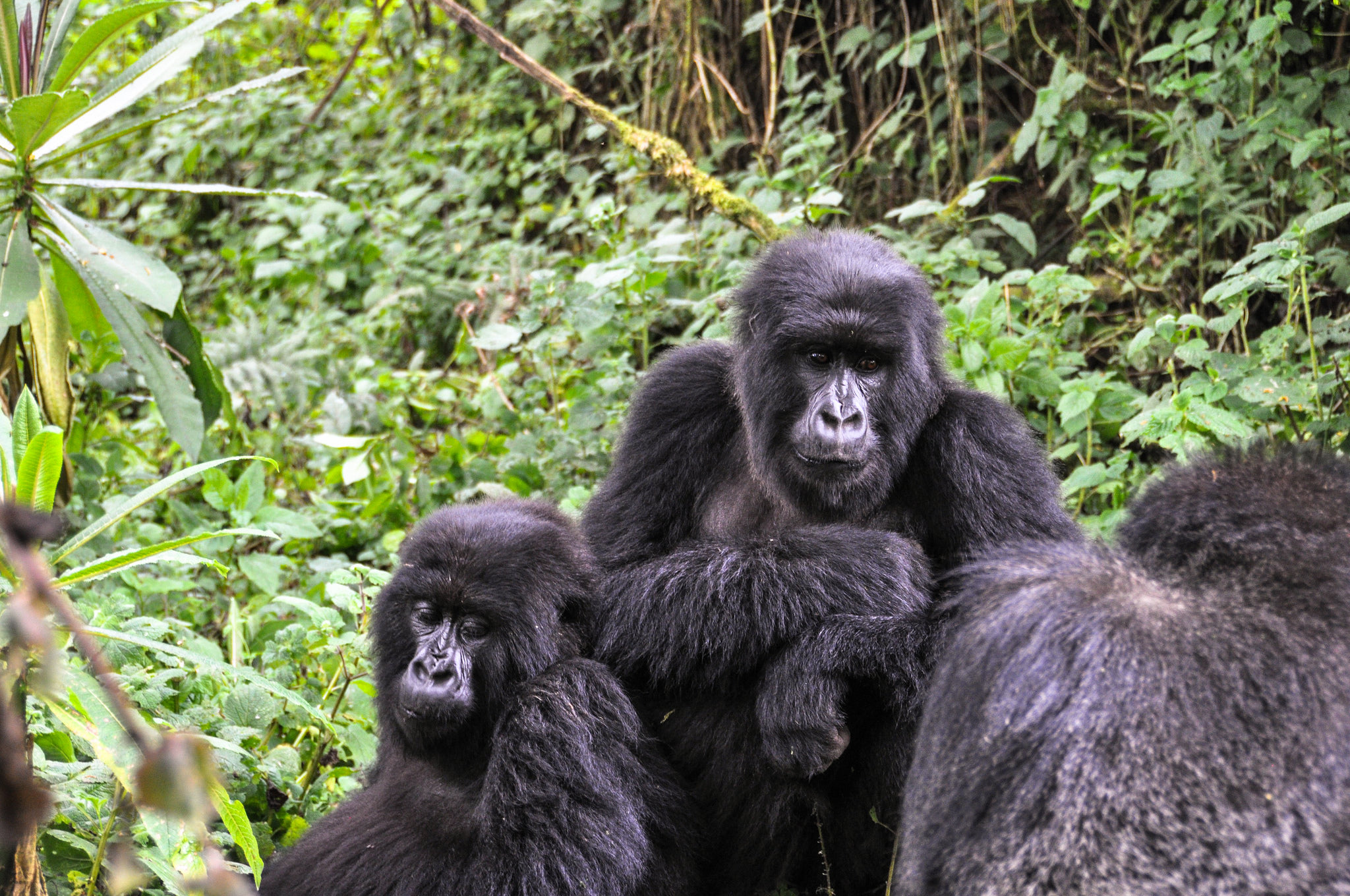
Ebola has wiped out around a third of the world’s gorillas and chimpanzees over the past four decades, and the disease remains the single biggest threat facing Africa’s great apes, experts have warned.
Lowland gorillas in particular are at grave risk from the virus, with research showing that it has a mortality rate of 95 per cent, while for chimpanzees, the mortality rate is around 77 per cent. Back in 1995, for example, a single outbreak is believed to have killed more than 90 per cent of all the gorillas living in Minkebe Park in the north of Gabon.
Similarly, in 2003 and 2004, the western lowland gorilla population of the Odzala-Kokoua National Park in DR Congo fell from an estimated 380 to just 40 individuals as a result of an uncontained Ebola outbreak.
Now, with all species of Africa’s great apes teetering on the edge of extinction, some experts within the conservation community are urging governments and the global community to vaccinate both chimpanzees and gorillas against Ebola in order to guard them against catastrophe.
Unlike for humans, scientists have already developed an effective Ebola vaccine for great apes, though it only serves as a short-term solution and who should be tasked with vaccinating large populations of apes, who would fund it and how such a programme would work are still being debated. While vaccinating habituated gorilla groups would be straightforward enough, vaccinating the unhabituated majority would be a massive undertaking.
Sophie Muset from the Jane Goodall Foundation, which carried out this risk assessment study, explains: “The media has really been focusing on human beings, but [Ebola] has been traumatic to great ape populations for many years.”
The ongoing destruction of gorilla habitat across large parts of Africa has been blamed for the increased threat of Ebola to great apes. The loss of the forests not only means gorilla groups that were once kept separate are now more likely to come into contact with one another, potentially driving the spread of any harmful virus, but it also means apes are much more likely to come into contact with humans, making cross-species infections more prevalent.
